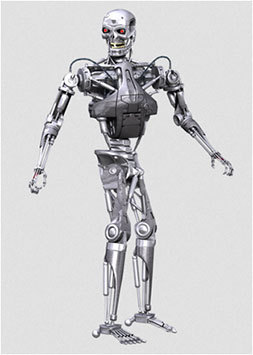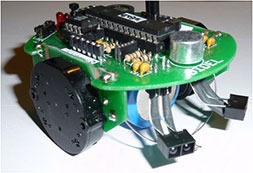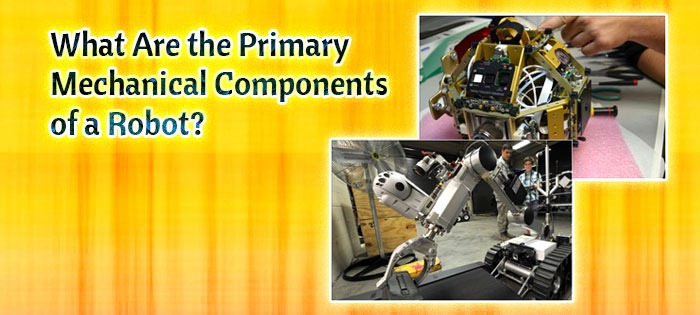A robot consists of the following components: mechanical structure, transmissions, actuators, sensors, and controller. Although the components used in the robots are not exclusive to these (machine tools and many other machines use similar technologies), the high performances that are demanded of the robots require that they use components with specific functions.
The physical components of most industrial robots have some similarities with the structure of the human body. So, sometimes, people refer to the different components that make up the robot with terms such as waist, shoulder, arm, elbow, wrist, etc.
The basic components of a robot are as follows:
Locomotion System/Manipulator: The locomotion system determines the robot’s movement. Whether it is rotatory motion, translatory motion (full movement of the robot), etc. With this system, the robot can move right, left, forward, backward, climb up/down, etc. This is accomplished with the help of a device that converts electrical energy into mechanical energy. These devices are known as actuators, and the most common one is the DC Motor.
Mechanically, the manipulator is the main component of the robot. It is formed by a series of solid structural components or joints that allow a relative movement between every two consecutive links. The parts that make up the manipulator are called the body, arm, wrist and actuator (or terminal element). The latter is commonly known as a gripper, claw, or clamp.

- Arms and Body: these parts of a robot are used for movement and positioning parts or tools within a work envelope. The arms and body are formed from three joints connected by large links.
- Wrist: the wrist consists of two or three compact joints, and it is used to orient the tools or the parts at the work location.
Robot manipulators consist of a sequence of link and joint combinations. The rigid components connecting the joint or axes are known as the links. The axes are the robot manipulator movable components that cause relative motion between adjoining links. These mechanical joints of the robotic arm manipulator are made up of five basic types. Three of the joints are rotatory types, and it is where the relative motion involves rotation between links. While two are linear, and they help in non-rotational motion between adjacent links.
Furthermore, the arm and body components of the robotic manipulators have four configurations, each of these components provide a different work envelop and is suitable for different application. They are gantry, cylindrical, polar, and jointed arm.

- Position controller: It only interferes with the control of the position of the terminal element.
- Kinematic control: it regulates speed.
- Dynamic control: It controls the dynamic properties of the manipulator, motors, and associated elements.
- Adaptive control: helps the manipulator change and adapt to different positions.
Power Supply: a robot needs a power supply system to work. The power supply acts as a food to the robot, if you don’t feed the robot, there is no way it can work. Therefore, the robot needs a power supply to work, and most robots use DC supply although solar power is becoming a focus for some types of robots.
Actuator System: as earlier described, actuators are devices that help the robot with locomotion. In other words, they are components that convert the energy supplied to the robot into a physical result that can be used for movement.
There are a wide variety of actuators in robotic arms. There is the synchronous actuator and the asynchronous actuator. In the synchronous actuator, the motor consists of a rotor, which rotates synchronously with the oscillating field or current.
In the asynchronous actuator, the motor is designed to slip so as to generate torque. Examples include Traction Motor, Hydraulic, AC Servo Motors, and Pneumatic.

There is a wide variety of sensors. Examples include Ultra-sonic, infrared or LASER rangefinders. These are the basis of laser scanners enabling the robot’s central processing unit to become “aware” of its environment.
End Effector: an end effector in robotics is the device or tool at the end of the robotic arm. It aims to interact with the work environment. End effectors vary and depend on the application of the robot. The feet of a humanoid robot or wheels of a mobile robot are not regarded as end effectors; they are considered as part of the robot’s mobility.
This is just a high-level overview of the common components of a robot. Of course as the field continues to develop the level of sophistication of these components, the types of components and their purposes will continue to evolve.

